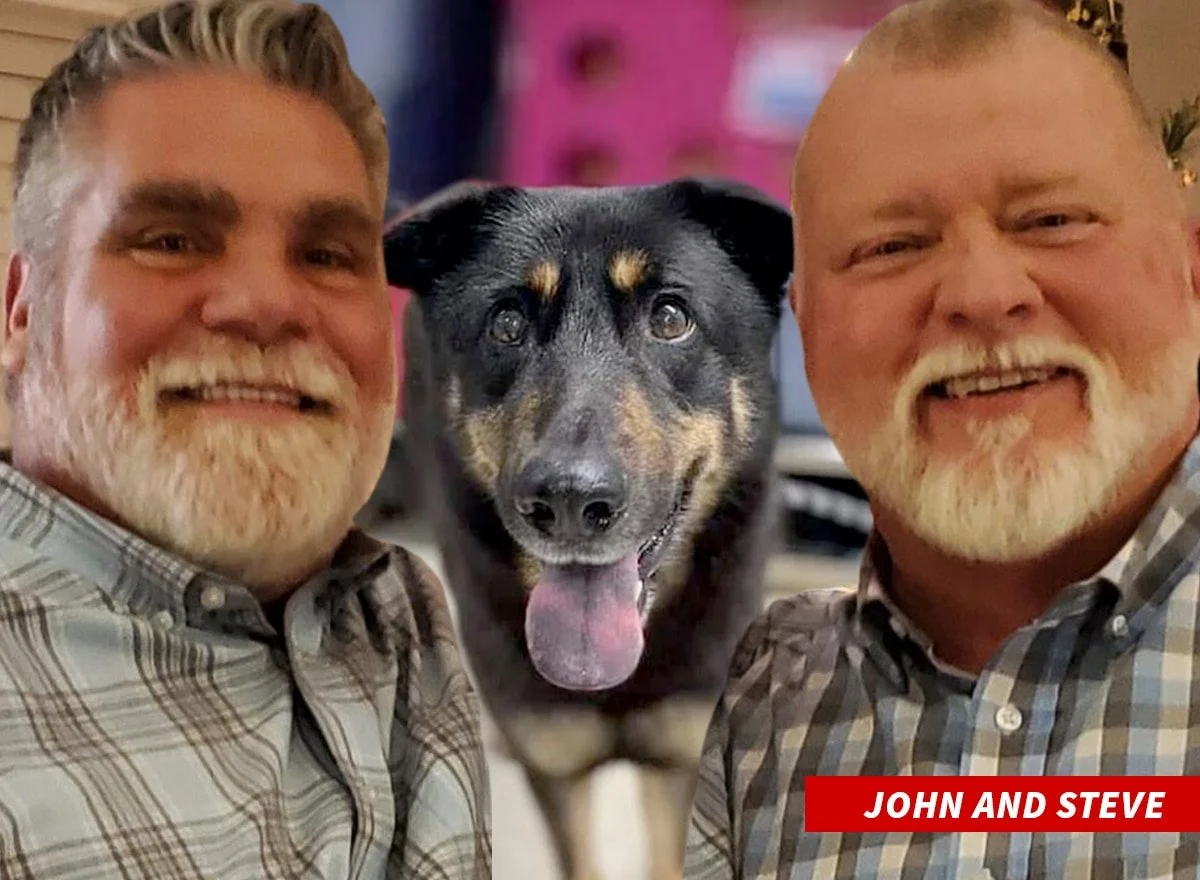As of last Tuesday, a five-year-old mixed-breed dog shall no longer want for love of his genuine self.
Dumped at a North Carolina shelter after his previous owners saw him humping another male dog, Fezco has been adopted by a gay couple living near Charlotte. Steve Nichols and his partner, John Winn, have felt the slings and arrows of outrageous homophobia for the more than 30 years they’ve been a couple. Learning of the dog’s plight, they seized the day.
“We looked at each other and said, ‘We’ve got to do something’,” Nichols told The Charlotte Observer. In a separate interview with WCCB TV, Nichols said that “It would make sense for the gay dog to be adopted by a loving, gay family.”
But is Fezco really “gay?” Or was he just playing with (or showing dominance over) another male dog? Is speculation about Fezco’s sexuality an anthropomorphic extension of our need to validate our own sexuality?
The simple — and complex — answers are: yes and no.
Same-sex behavior including sexual contact, courting, pair-bonding and parenting have been observed in more than 450 species worldwide, according to Bruce Bagemihl, PhD, Canadian Biologist and author of Biological Exuberance: Animal Homosexuality and Natural Diversity. However, it is rare for individual animals “to have a long-lasting predisposition to engage in such behaviors to the exclusion of heterosexual activities,” reports British-American neuroscientist, Simon LeVay.
Tracking an individual animal’s behavior in the wild over the course of its entire life is an extremely difficult task. Researchers are often left to infer animal preferences and motivations based on limited observations. Because sexual behavior in animals is not always clearly understood (and is subject to human interpretation), scientists are reluctant to draw conclusions. It is presumed that same-sex practices are only part of that animal’s overall sexual repertoire; essentially, there is frequent “bisexual” activity among animal species — but it’s not always sexual in the sense that we know and understand.
By ascribing human cultural terms like “gay” and “lesbian” to animal behavior, we tread the slippery slope of assumption; we are confusing animal behavior with human sexual orientation.
So what about pets who can be readily observed in our environment? Dogs of both sexes routinely sniff and lick the genitals of another same-sex dog, press their groins together or mount one another. However, they may also hump a human leg or a piece of furniture. Even spayed and neutered dogs do the hump-t-hump, despite low levels of sex hormones. Over-sexed male dogs denied a female in heat may turn toward each other in frustration. Same-sex cats may entwine their necks and purr. In short, sex-like behaviors are many, but the motivation behind them varies.
One thing’s certain: animals don’t assign stigmas or harbor shame about their sex-like expressions, a trait we humans might do well to integrate.
Two facts really matter here: Fezco was rejected for what he was presumed to be — then adopted for everything he was.
Fezco has been renamed “Oscar” after Oscar Wilde, Irish poet, author and playwright, who was imprisoned in the late 19th century for his homosexuality.
Neglected by his previous owners, Oscar was found to have heart worms and had not been neutered. After treatment, he will be home forever with his two daddies and his canine brother, Harry. Loved. Honored. Accepted.
What every animal — two-legged and four — want to be.

